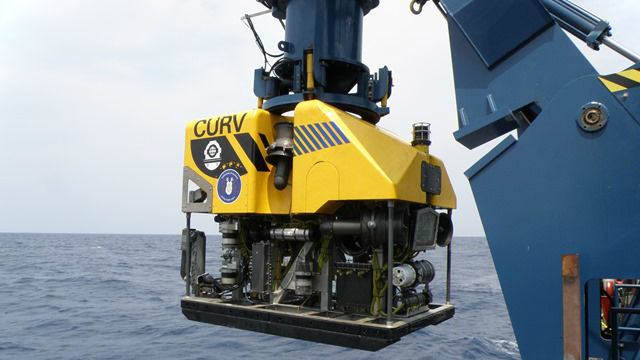El Faro VDR Retrieval Mission Launching

The U.S. National Transportation Safety Board’s third mission to the wreckage of the El Faro is scheduled to launch on Friday from Virginia Beach, Virginia.
The mission’s primary objective is to retrieve the sunken cargo ship’s voyage data recorder.
The Military Sealift Command’s fleet ocean tug USNS Apache is expected to arrive at the accident site around August 9. Along with the NTSB, the U.S. Coast Guard, the U.S. Navy, and Phoenix International are joining the recovery effort, using CURV21, a deep ocean remotely operated underwater vehicle, to retrieve the VDR and conduct additional wreckage documentation.
The El Faro, a U.S. flagged cargo ship, sank during Hurricane Joaquin October 1, 2015. In October and November of 2015, the NTSB conducted an initial search mission to locate the vessel and conduct an initial survey of the debris field. The data collected during that mission was used by investigators to plot “high probability” search zones for the second mission in April, which resulted in the location of the mast and VDR.
The wreckage is in approximately 15,000 feet of water, about 41 miles (36 nautical miles) northeast of Crooked Islands, Bahamas.
The trip to the accident site is expected to take three to four days, followed by five days on scene to recover the VDR. After the VDR is recovered and USNS Apache returns to shore, the VDR will be brought to the NTSB laboratory where investigators will examine the VDR and download and analyze any information it may contain.
“We’re hopeful that the information contained in the voyage data recorder will provide insights into the circumstances of the ship’s sinking,” said Brian Curtis, Acting Director of the NTSB Office of Marine Safety.
USNS Apache is expected to arrive at Mayport, Florida, between August 16 and August 20, following completion of the mission.
The cost for this mission is expected to be $500,000, bringing the total for the three missions to approximately $3 million.
